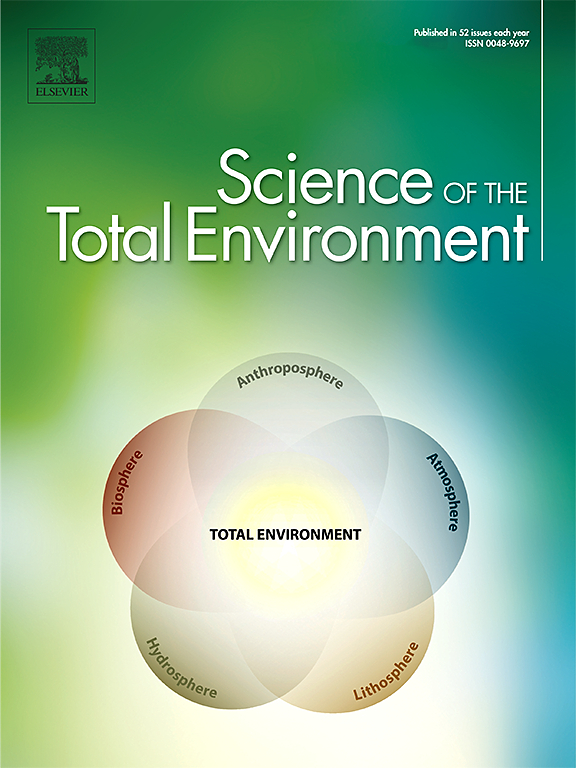Greywater reuse for irrigation: A critical review of suitability, treatment, and risks
IF 8.2
1区 环境科学与生态学
Q1 ENVIRONMENTAL SCIENCES
引用次数: 0
Abstract
Greywater accounts for approximately 75 % of domestic wastewater and generally contains fewer contaminants than domestic wastewater. Therefore, its treatment and reuse represent a promising approach to supplement irrigation demand. This study comprehensively evaluates the quality characteristics of greywater based on its source, applied treatment methods, and its potential health, environmental, soil, and agricultural impacts. Various physical, chemical, and biological treatment processes have been analysed, with the most commonly employed technologies including membrane bioreactors (MBRs), constructed wetlands, media filtration (sand, activated carbon), disinfection methods (UV, chlorine, ozone), and advanced oxidation processes. The effectiveness of these methods has been assessed concerning the intended reuse application, emphasizing the critical role of disinfection in ensuring safe irrigation use. The health and environmental implications of greywater reuse have been examined, focusing on the risks associated with pathogen contamination, detergent residues, and micropollutants, while also evaluating the efficiency of treatment processes in mitigating these risks. From an environmental perspective, the accumulation of essential nutrients such as nitrogen and phosphorus, the potential for salinity buildup, and alterations in soil microbial balance have been investigated. Regarding soil and agricultural impacts, this study analyzes how greywater reuse influences soil structure (e.g., permeability, infiltration), plant growth responses, and the accumulation of heavy metals. These findings contribute to the development of scientifically grounded recommendations for the safe and sustainable reuse of greywater within water management strategies, promoting its role as an alternative water source for irrigation.

求助全文
约1分钟内获得全文
求助全文
来源期刊

Science of the Total Environment
环境科学-环境科学
CiteScore
17.60
自引率
10.20%
发文量
8726
审稿时长
2.4 months
期刊介绍:
The Science of the Total Environment is an international journal dedicated to scientific research on the environment and its interaction with humanity. It covers a wide range of disciplines and seeks to publish innovative, hypothesis-driven, and impactful research that explores the entire environment, including the atmosphere, lithosphere, hydrosphere, biosphere, and anthroposphere.
The journal's updated Aims & Scope emphasizes the importance of interdisciplinary environmental research with broad impact. Priority is given to studies that advance fundamental understanding and explore the interconnectedness of multiple environmental spheres. Field studies are preferred, while laboratory experiments must demonstrate significant methodological advancements or mechanistic insights with direct relevance to the environment.
 求助内容:
求助内容: 应助结果提醒方式:
应助结果提醒方式:


